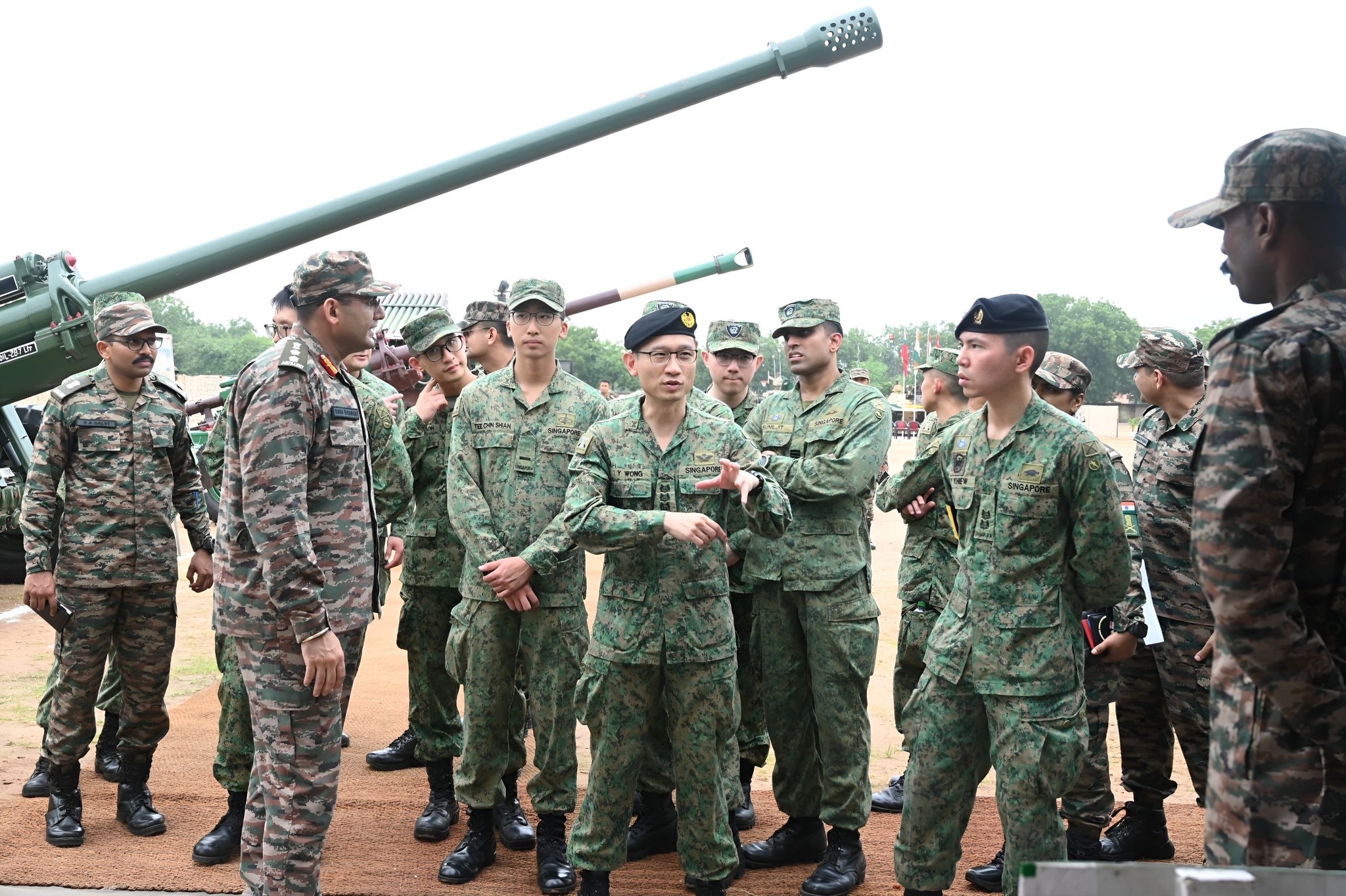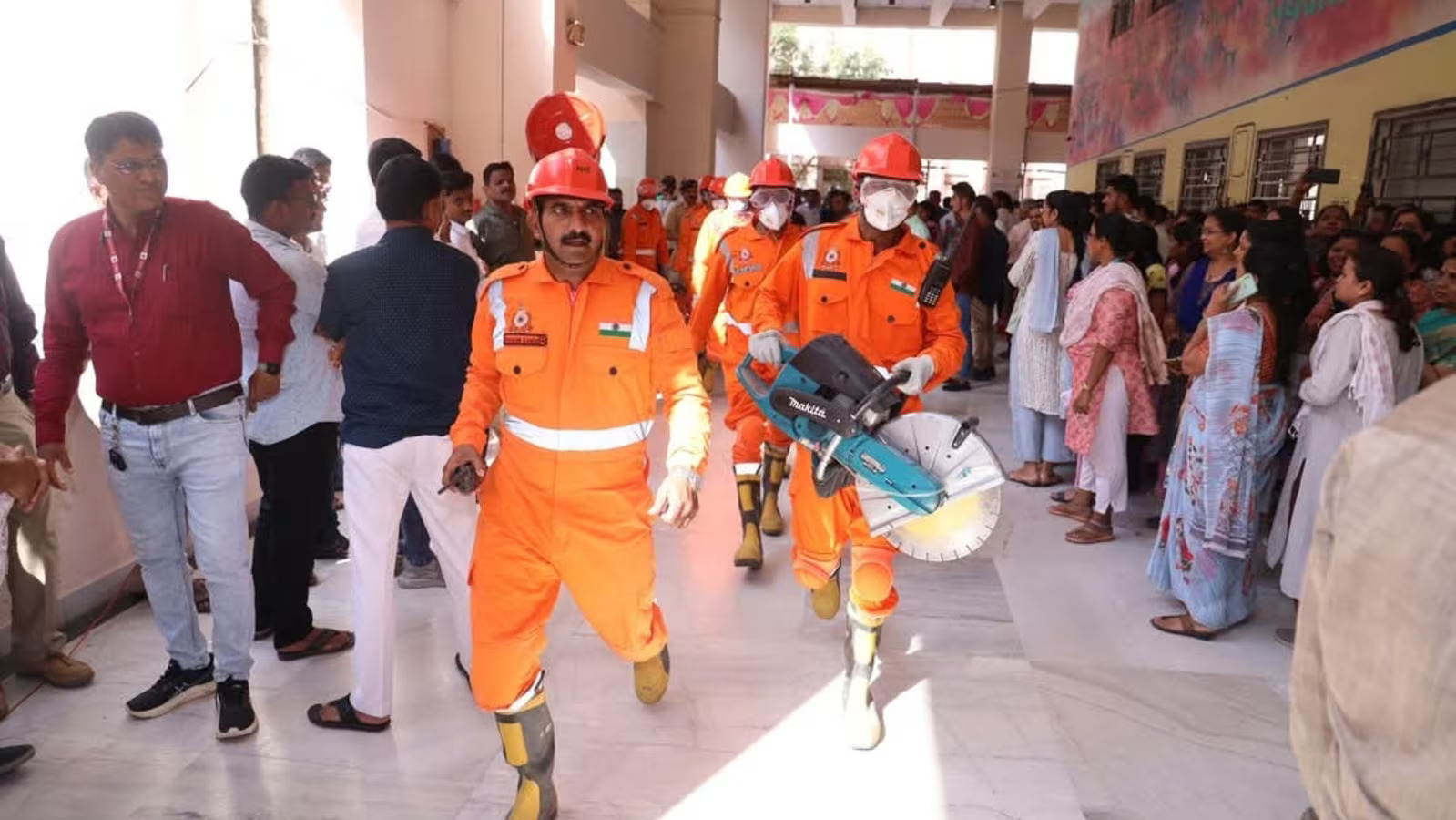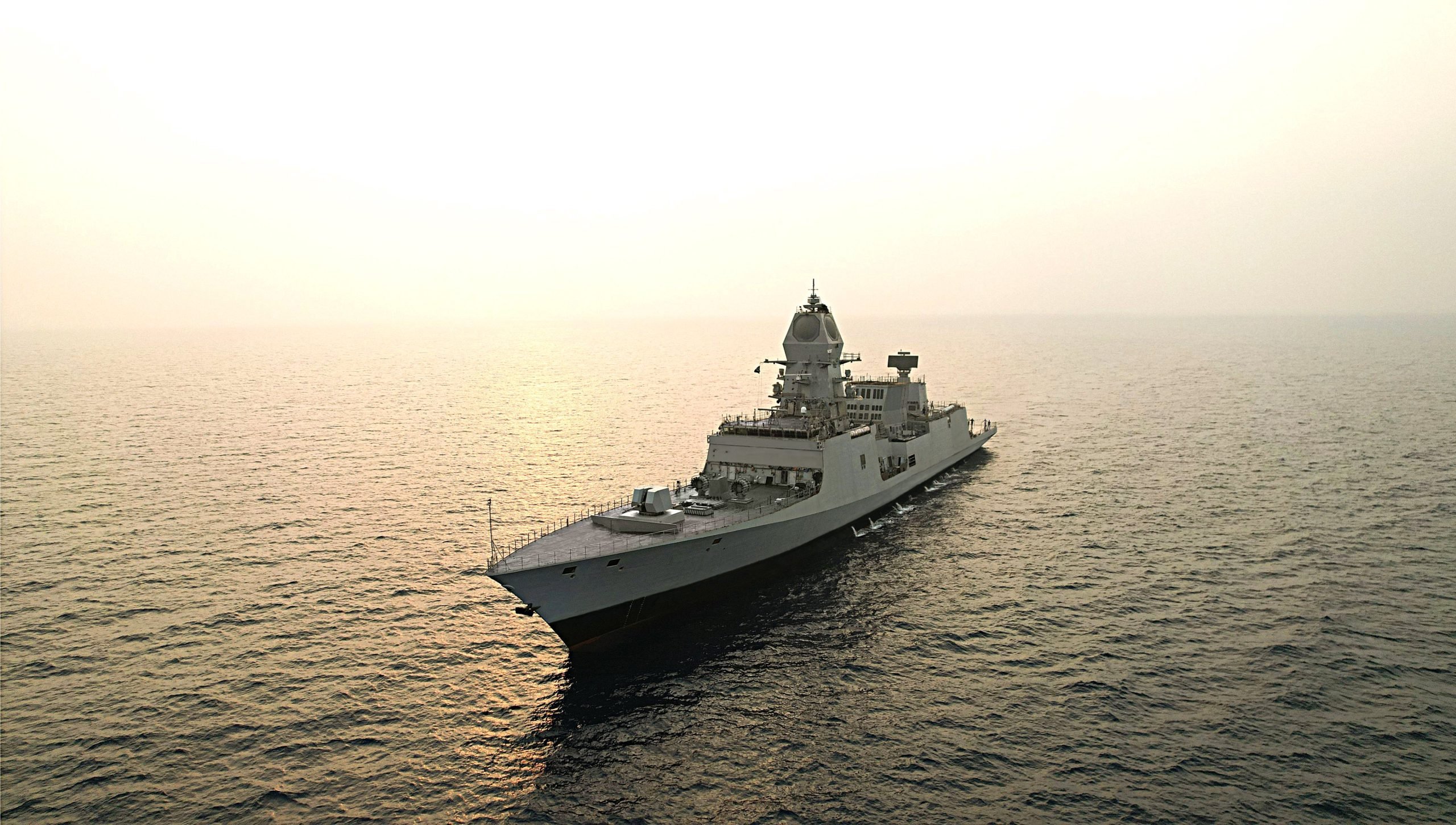Indian Army’s Bogra Brigade Showcases Equipment in Excerise Bold Kurukshetra
The Bogra Brigade of the Indian Army organised an equipment display as part of the ongoing joint military exercise Bold…
Delhi-NCR to Host First-Ever Mega Mock Disaster Drill ‘Suraksha Chakra’ on August 1
In a landmark initiative to enhance emergency preparedness, the National Capital Region (NCR) will witness its first-ever mega-scale mock disaster…
Canada to Join UK and France in Recognising Palestine at UNGA
In a landmark shift in foreign policy, Canada has announced that it will formally recognise the State of Palestine at…
INS Himgiri Joins Indian Navy as GRSE Delivers Advanced Stealth Frigate
In a significant milestone for India’s naval defence capability, Garden Reach Shipbuilders and Engineers (GRSE) Ltd delivered INS Himgiri, a…
Lieutenant General N.S. Raja Subramani Retires After 39 Years of Distinguished Service in Indian Army
Lieutenant General N.S. Raja Subramani, the Vice Chief of the Army Staff, officially retired today after an illustrious and decorated…
10 Reasons You Should Join the Indian Military Academy
The Indian Military Academy (IMA), nestled in the serene foothills of Dehradun, is more than a training institution—it’s a gateway…






